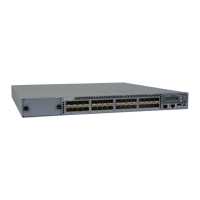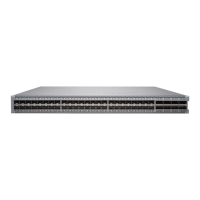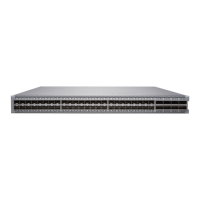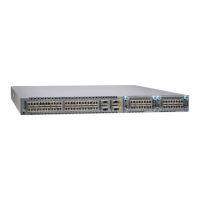The switch supports these alarms:
•
Chassis alarms indicate a failure on the switch or one of its components. Chassis alarms
are preset and cannot be modified.
•
System alarms indicate a missing rescue configuration. System alarms are preset and
cannot be modified, although you can configure them to appear automatically in the
J-Web interface display or the CLI display.
Alarm Severity Levels
Alarms on switches have two severity levels:
•
Major (red)—Indicates a critical situation on the switch that has resulted from one of
the following conditions. A red alarm condition requires immediate action.
•
One or more hardware components have failed.
•
One or more hardware components have exceeded temperature thresholds.
•
An alarm condition configured on an interface has triggered a critical warning.
•
Minor (yellow or amber)—Indicates a noncritical condition on the switch that, if left
unchecked, might cause an interruption in service or degradation in performance. A
yellow alarm condition requires monitoring or maintenance.
A missing rescue configuration generates a yellow system alarm.
Related
Documentation
Checking Active Alarms with the J-Web Interface on page 256•
• Dashboard for EX Series Switches on page 39
Checking Active Alarms with the J-Web Interface
Purpose NOTE: This topic applies only to the J-Web Application package.
Use the monitoring functionality to view alarm information for the EX Series switches
including alarm type, alarm severity, and a brief description for each active alarm on the
switching platform.
Action To view the active alarms:
1. Select Monitor > Events and Alarms > View Alarms in the J-Web interface.
2. Select an alarm filter based on alarm type, severity, description, and date range.
3. Click Go.
All the alarms matching the filter are displayed.
Copyright © 2015, Juniper Networks, Inc.256
EX4200 Switch Hardware Guide

